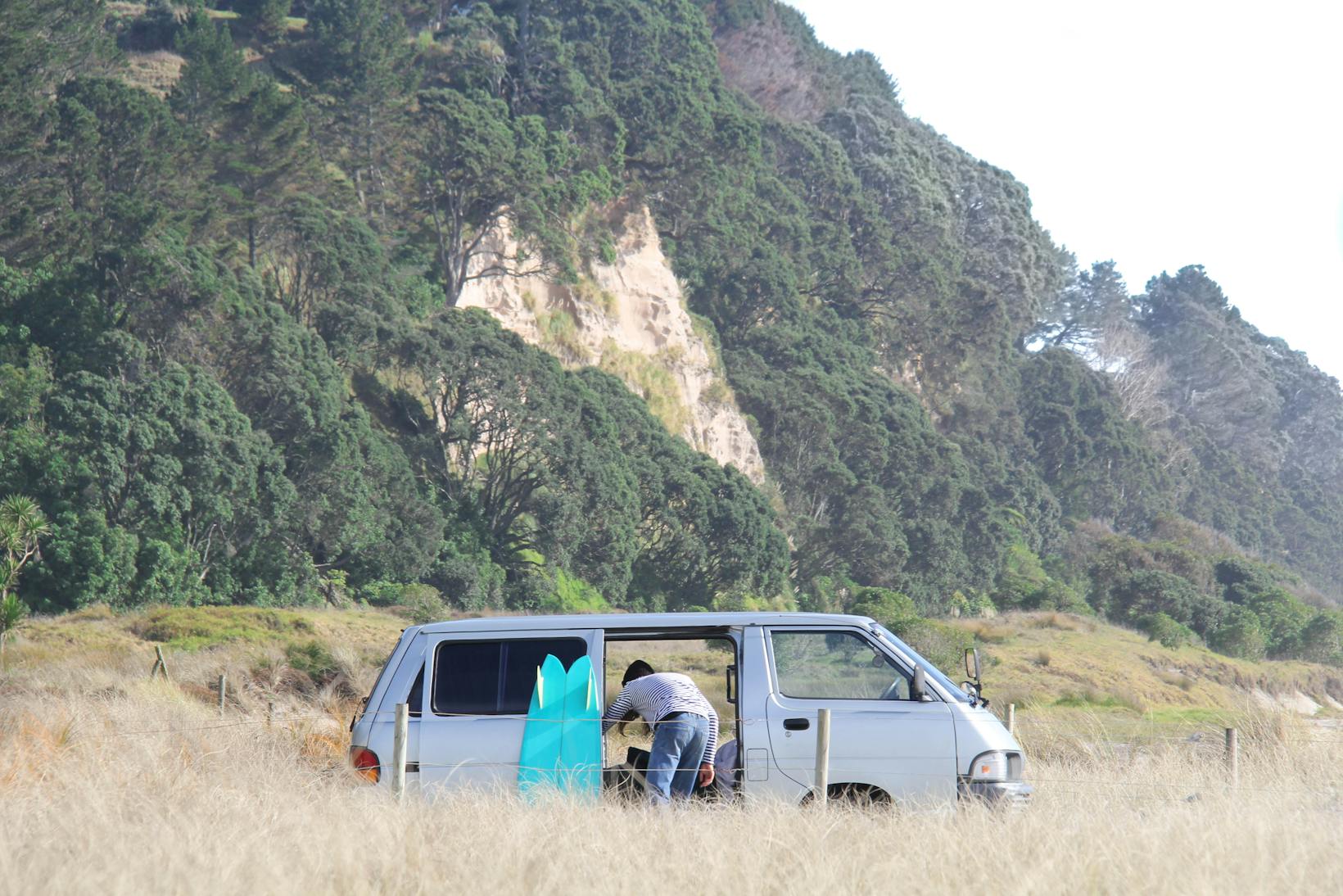In the annals of American history, few events are as intriguing and controversial as the Santa Fe Expedition. This audacious venture, which took place in the 19th century, was a test of wills, a clash of cultures, and a chapter of history that still resonates today.
The expedition was more than just a journey—it was a statement of intent, a bold declaration of America’s westward expansion. Yet, it was also a journey fraught with peril, marked by missteps, miscalculations, and missed opportunities.
Dive into the fascinating saga of the Santa Fe Expedition, where ambition met adversity, dreams clashed with reality, and the course of a nation was forever altered. This is a tale that’s not just about the destination, but also the journey and the lessons learned along the way.
Santa Fe Expedition
While the Santa Fe Expedition remains a compelling chapter in American history, understanding its full weight requires a deep dive into the historical context surrounding it. This portion of the narrative illustrates the motivations behind the journey and explores the key personas steering the fate of the event.
The Motivations Behind the Expedition
 During the 19th century, American society harbored dreams of expansion, and it’s this prospect of growth that served as an underlying motivation for the Santa Fe Expedition. Specifically, the endeavor aimed to establish profitable trade routes with the Southwest, an objective largely driven by the potential for abundant economic gain.
During the 19th century, American society harbored dreams of expansion, and it’s this prospect of growth that served as an underlying motivation for the Santa Fe Expedition. Specifically, the endeavor aimed to establish profitable trade routes with the Southwest, an objective largely driven by the potential for abundant economic gain.
In addition, political motivations were at play. According to the U.S. Library of Congress, America intended to assert its foothold over Texas, taken from Mexico in the earlier Texas Revolution. By reaching Santa Fe, an important commercial hub within Mexican territory, the American envoys hoped to forge a firm alliance, effectively extending the sphere of U.S. influence.
Key Figures in the Santa Fe Expedition
 Several individuals played pivotal roles in the course of the Santa Fe Expedition. Foremost among them stands Mirabeau B. Lamar, the second President of Texas. Under his leadership, the expedition became a centerpiece of his presidential term. He believed that fostering trade relations with Santa Fe would diversify Texas’s economy and secure its independence.
Several individuals played pivotal roles in the course of the Santa Fe Expedition. Foremost among them stands Mirabeau B. Lamar, the second President of Texas. Under his leadership, the expedition became a centerpiece of his presidential term. He believed that fostering trade relations with Santa Fe would diversify Texas’s economy and secure its independence.
Commodore Alexander James Dallas, another character worth spotlighting, had a different point of view. As commanding officer of the U.S. Navy’s Home Squadron, he was instructed to protect the expedition, but withheld support amid concerns of instigating a war with Mexico.
In essence, these figures encapsulate the varied perspectives and motives within the expedition. From ambition to caution, their actions shaped a significant page in the annals of American history.
Planning and Outset of the Journey
Before embarking on the venture, pioneers needed a well-defined route and meticulous preparation. Their journey was no ordinary feat but a mammoth task that demanded strategic planning.
The Route and Preparation
 The Santa Fe Trail, extending approximately 900 miles from Independence, Missouri, to Santa Fe, New Mexico, served as the path for this expedition. Explorers relied heavily on maps drawn by Captain William Becknell in 1821. Additionally, commodities such as medical supplies, food, clothing, ammunition, and footwear were integral parts of the expedition pack. Metallic kettles, used for cooking and boiling water, also proved indispensable. While discretion guided much of the selection process, the priority rested on surviving the harsh, untamed wilderness they were set to traverse.
The Santa Fe Trail, extending approximately 900 miles from Independence, Missouri, to Santa Fe, New Mexico, served as the path for this expedition. Explorers relied heavily on maps drawn by Captain William Becknell in 1821. Additionally, commodities such as medical supplies, food, clothing, ammunition, and footwear were integral parts of the expedition pack. Metallic kettles, used for cooking and boiling water, also proved indispensable. While discretion guided much of the selection process, the priority rested on surviving the harsh, untamed wilderness they were set to traverse.
Challenges Faced by the Expedition Party
Embarking on the voyage presented the expedition team with a host of difficulties, both anticipated and unforeseen. For instance, the party constantly grappled with harsh weather conditions, including severe thunderstorms and sweltering heat. The landscape, often an inhospitable mix of arid deserts and rocky terrain, pushed the team’s resilience to its limit.
Conclusion
The Santa Fe Expedition has left an indelible mark on America’s history. It’s a testament to the relentless pursuit of economic opportunities and political influence that shaped the nation’s westward expansion.



